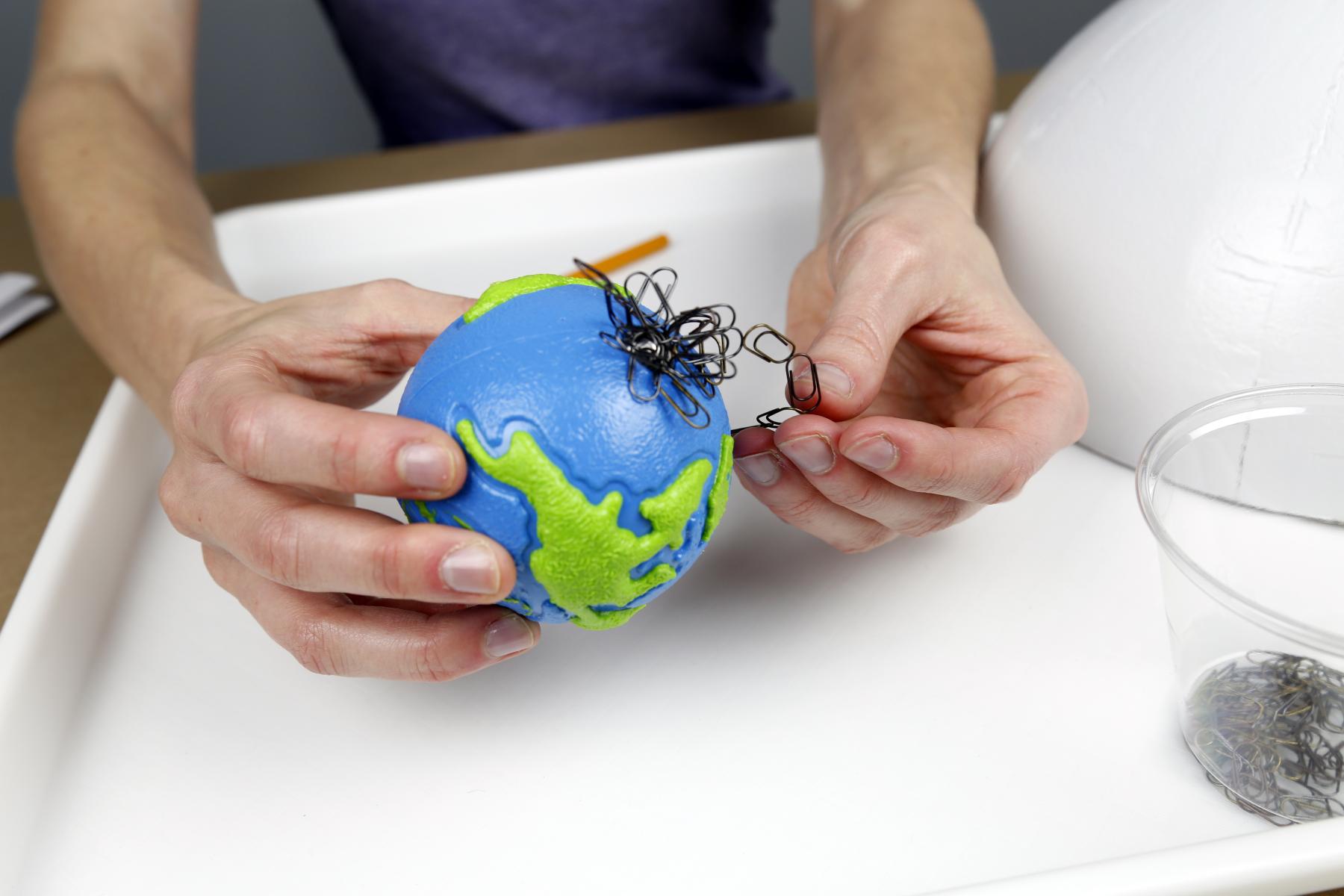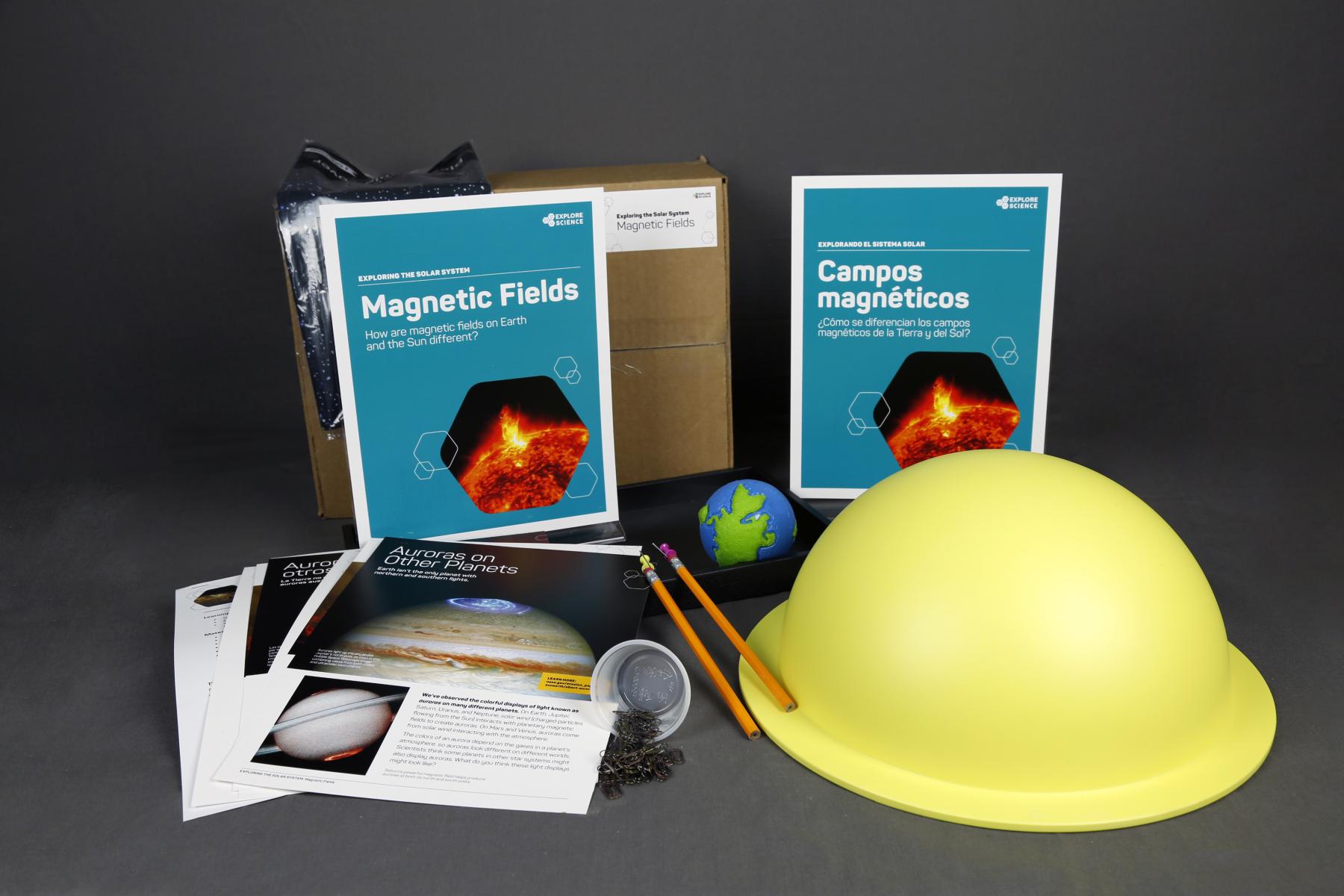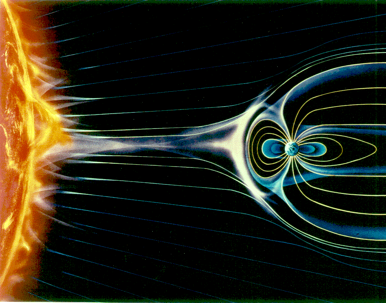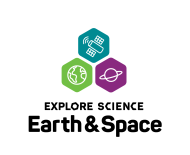DESCRIPTION
The "Exploring the Solar System: Magnetic Fields" activity shows participants how scientists can use tools to study the invisible magnetic fields of Earth, the Sun, and other objects in the universe. Participants can see how the Sun's magnetic field extends far out into space and sends bursts of magnetic energy across the solar system, while Earth's strong magnetic field helps protect life on our planet from dangerous solar and cosmic radiation.
DESCRIPTION
The "Exploring the Solar System: Magnetic Fields" activity shows participants how scientists can use tools to study the invisible magnetic fields of Earth, the Sun, and other objects in the universe. Participants can see how the Sun's magnetic field extends far out into space and sends bursts of magnetic energy across the solar system, while Earth's strong magnetic field helps protect life on our planet from dangerous solar and cosmic radiation.
TRAINING VIDEOS
OBJECTIVES
LEARNING GOALS
• Scientists have observed active magnetic fields throughout the solar system.
• Earth has a strong, protective magnetic field.
• The Sun’s magnetic field extends out into space and sends powerful bursts of magnetic energy into the solar system.
DOWNLOAD FILES
- Magnetic Fields activity guide (PDF)
- Magnetic Fields activity guide (DOCX)
- Magnetic Fields facilitator guide (PDF)
- Magnetic Fields info sheet "Auroras on Other Planets" (PDF)
- Magnetic Fields info sheet "Our Active Star" (PDF)
- Magnetic Fields table sign (PDF)
- Magnetic Fields activity guide (Spanish) (PDF)
- Magnetic Fields activity guide (Spanish) (DOCX)
- Magnetic Fields info sheet "Auroras on Other Planets" (Spanish) (PDF)
- Magnetic Fields info sheet "Our Active Star" (Spanish) (PDF)
- Magnetic Fields table sign (Spanish) (PDF)
Credits
The Science Museum of Minnesota
This material is based upon work supported by NASA under cooperative agreement award number NNX16AC67A. Any opinions, findings, and conclusions or recommendations expressed in this material are those of the author(s) and do not necessarily reflect the view of the National Aeronautics and Space Administration (NASA).
Creative Commons Attribution Non-Commercial Share Alike 3.0 United States (CC BY-NC-SA 3.0 US).
View more details

NISE Network products are developed through an iterative collaborative process that includes scientific review, peer review, and visitor evaluation in accordance with an inclusive audiences approach. Products are designed to be easily edited and adapted for different audiences under a Creative Commons Attribution Non-Commercial Share Alike license. To learn more, visit our Development Process page.





